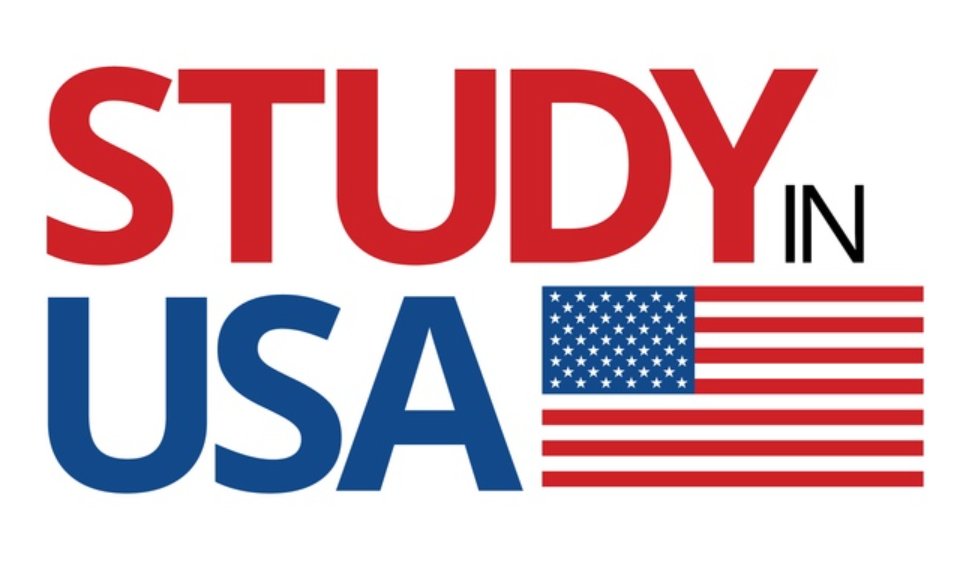Studying in the USA is a popular goal for many international students, but understanding the total cost is essential for effective planning. Costs vary widely depending on the type of institution, location, program, and lifestyle. This guide breaks down the major expenses you should expect as an international student in the USA.
Tuition Fees
Tuition is usually the largest expense. Here’s a general range:
- Public universities: $20,000 to $40,000 per year
- Private universities: $30,000 to $60,000+ per year
- Community colleges: $7,000 to $15,000 per year (lower cost but fewer degree options)
Graduate programs, especially professional degrees like law or medicine, can be more expensive.
Living Expenses
Living costs depend on the city and your lifestyle but typically include:
- Housing: $8,000 to $15,000 per year (on or off campus)
- Food: $3,000 to $5,000 per year
- Transportation: $500 to $1,200 per year
- Books and Supplies: $1,000 to $1,500 per year
Cities like New York, San Francisco, and Boston tend to have higher living costs.
Health Insurance
Most universities require health insurance, which can cost between $1,000 and $3,000 per year. Some schools offer their own plans; otherwise, you’ll need to purchase private coverage.
Visa and Application Fees
- SEVIS fee: $350 (for F and M visa applicants)
- Visa application fee: Around $160 (non-refundable)
- Other expenses: Travel costs, biometrics, and document translations may add up.
Miscellaneous Costs
- Personal expenses (clothing, entertainment): $1,000 to $2,000 per year
- Technology, mobile phone plans, and emergency funds
Estimated Total Annual Cost
| Type of Institution | Estimated Total Cost (Tuition + Living + Other) |
|---|---|
| Community College | $15,000 – $25,000 |
| Public University | $30,000 – $55,000 |
| Private University | $40,000 – $75,000+ |
How to Manage Costs
- Apply for scholarships and assistantships
- Choose affordable cities or campuses
- Share accommodation or cook meals to save money
- Budget carefully and track expenses
Final Thoughts
Studying in the USA is a significant financial investment but offers great returns in education and career opportunities. Understanding the true cost helps international students prepare better and find funding options to support their studies.
